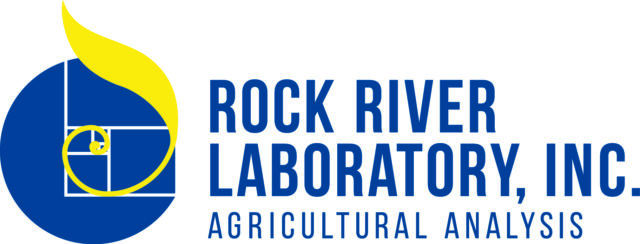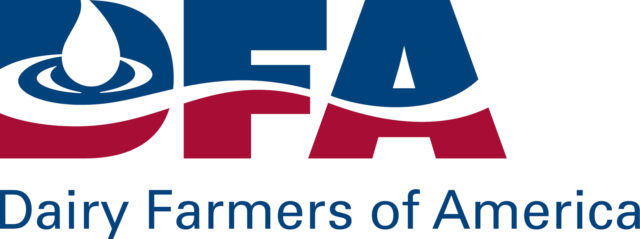My work here in Iraq is divided between four ministries. There are two of them that receive most of my attention, the Ministry of Agriculture and the Ministry of Water Resources (MoWR). Here, in this article, I will write about the Ministry of Water Resources, the much smaller ministry in terms of personnel and perhaps one with a smaller mandate.
The MoWR is based in Baghdad, in two locations. One is just across the Tigris River. I can see the Tigris River from my office; our USDA Foreign Agricultural Offices are located high enough that we can see the slow-moving river. It has rather muddy waters this time of year, as it is flowing south. More-than-normal rainfall up-slope, including in the country of Turkey, and increased river flows, are an added benefit of diluting salt as a concentration. Recent reports show 10 times less concentration of dissolved salts from late summer flows.
A number of storage structures are filling as well, and this bodes well for the irrigation season right around the corner. The rainfall has helped increase the crop outlook for winter wheat, one of the cereal staples in Iraq. The livestock feed – barley – looks good, too. I was recently in the northland and in this rain-fed area the farmers were overjoyed with the soil moisture level. Reports of mountainous snowpack are increased over normal, a function of lower winter temperatures in the highland regions.
The MoWR is charged with managing what we call “Big Water.” These are water flows entering the country and then finally arriving at the Arab Marshes to the south. Last year, I remember flying over the marshes in April and the loveliness was spellbinding. One reason certainly was the month of April is the highest stream flow period of the year…spring rainfall coupled together with snowmelt.
The MoWR has multiple gauging stations that mirror something like the U.S. Geological Survey’s watershed monitoring stations throughout the U.S. The flow data is recorded and then decisions are made for adjustment. The objective is retaining enough for irrigation volumes and then, of course, avoiding flooding. Historically, the flooding events deposited recent alluvial soils to the Mesopotamia floodplain and then the deltas of the Arab Marshes. Such flood events are minor and rare now, although there are local events if the flood control structures wear out or have been destroyed.
The MoWR is also responsible for developing a national soil survey. I often state that the best product of my home agency, the Natural Resources Conservation Service (NRCS), is the soil survey, now the web soil survey. These plethoras of data are invaluable for farmers and landowners in rural and urban environments. We do not have one here in Iraq. Yet the MoWR appears about ready to do something about that.
I met with the MoWR deputy minister, Mr. Salar, recently with our embassy science and technology officer. We had a lengthy morning talk about the soil survey. I had already prepared several copies of material from our own soil survey, as well as a formal presentation. Our effort came with some start-up funds too, although these dollars require an equal match in Iraqi dinars.
I have often been in this environment where someone or a group of someones has an idea. We meet, talk and then decide to develop what I call the campaign design or plan. And so it was on this winter day in Baghdad, we talked about possibly developing the plan. Let me also add here that I had visited the second MoWR facility in Baghdad, the old Ministry of Agriculture’s Central Laboratory. The lab, a huge complex of nearly empty buildings, was given to the MoWR when this ministry split off from the MoA. I spent almost an entire day there, looking in rooms, talking to scientists and technicians and then finding out all of their work is buried in a basement room with a huge padlock on it.
Here is the difference between works done here as compared to Lincoln, Nebraska, home to our soil survey laboratories. Because USDA-NRCS is a federally funded agency, with federal taxpayer dollars, the effect of NRCS developing a soil survey is ultimately in the public domain. That is, we can all go to the Internet and view the NASIS soil database or the geo-referenced soil maps with many, many attribute tables of physical, chemical, biological and land classification information.
Not so here. For these data, while they exist at some level of metadata, are scribed into ledgers, by pen and ink, and then placed on a shelf in a room. The effect is simply the work itself, and not the beneficial uses of bringing wisdom to these data. These are changing how we farm or what we grow or where we build or when crops can be harvested at an expected yield. This is profoundly important…all of you reading this can certainly understand why this return of valuable data is changing our approach towards better land management. Ultimately, landowners and farmers have a valuable tool, just like having access to land grant university extension personnel and Agricultural Research Service (ARS) reports.
Every farmer knows the enormous value of these tools. And they are all there, on the Internet, with no direct cost as the costs are paid for out of the federal treasury.
Farmers here have no access to the books and ledgers and papers in this basement room. For the numbers in them were not paid for by taxpayers; instead the budget dollars – dinars – came from the Iraqi federal treasury, which is almost entirely built by the sale of oil.
One of the first tasks will be inventorying the material in this room and deciding what can be used. As we often claim, there are data and then there are data. The objective of our inventory is making the case for what to keep and what to not use. Certainly a next logical step is deciding what can be done to make up for missing data. For instance we may find the spatial field sampling too coarse, or certain soil properties, like moist bulk density or depth to the water table, was not done correctly.
Some of these data can be already used in developing an attribute table for GIS; spatial maps can be drawn and published.
But our discussion was about something else…the right of the public having access to this data. As if proprietary, the MoWR felt that this logical outcome (to me anyway) was open for debate.
About mid-afternoon as we prepared to wind down our engagement, I simply told the MoWR leadership to think about what we had talked about, and then decide if we need to talk further. There is a solid reason for this approach…if the government of Iraq – the MoWR – wants this as much as I think they need it, then they will continue engaging us and move into a solid campaign design planning effort. If not, then I have spent one day or so in a lovely debate, but no movement afterwards.
One role of diplomatic engagement is teaching joint ownership. The model of wanting something more than they do soon collapses when we return home and our hosts simply are not interested in continuing. I have seen this happen many times here in Iraq and elsewhere, for that matter.
Interestingly, over a month has gone by since our engagement at the MoWR offices, and whilst I have talked with them about water resource matters, we have not talked about the soil survey.
To be sure, I tried. I get paid to see the big picture and engage others into that big picture. But for this effort, at least in terms of a month or so, they have not yet wanted it as much as me. Therefore, we move to other tasks, other ideas and other pictures.
I submit, however, that at some point downrange, the light will go off and perhaps a completely new group of leaders in the MoWR will ask this question…
“Wonder what it would take to develop a national soil survey here in Iraq for helping our farmers?” PD

-
Mike Gangwer
- Agricultural Scientist
- USDA-NRCS
- Email Mike Gangwer




